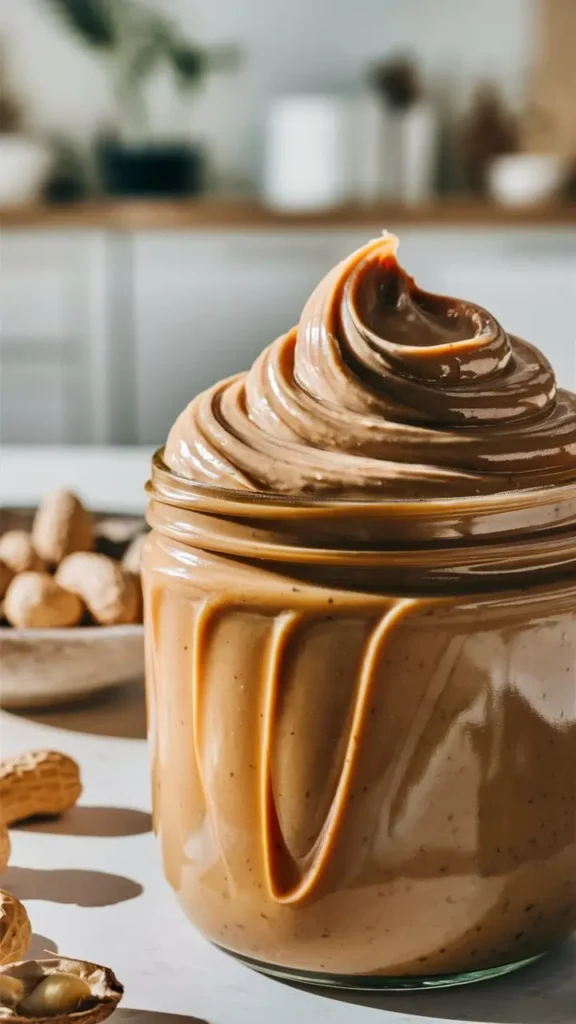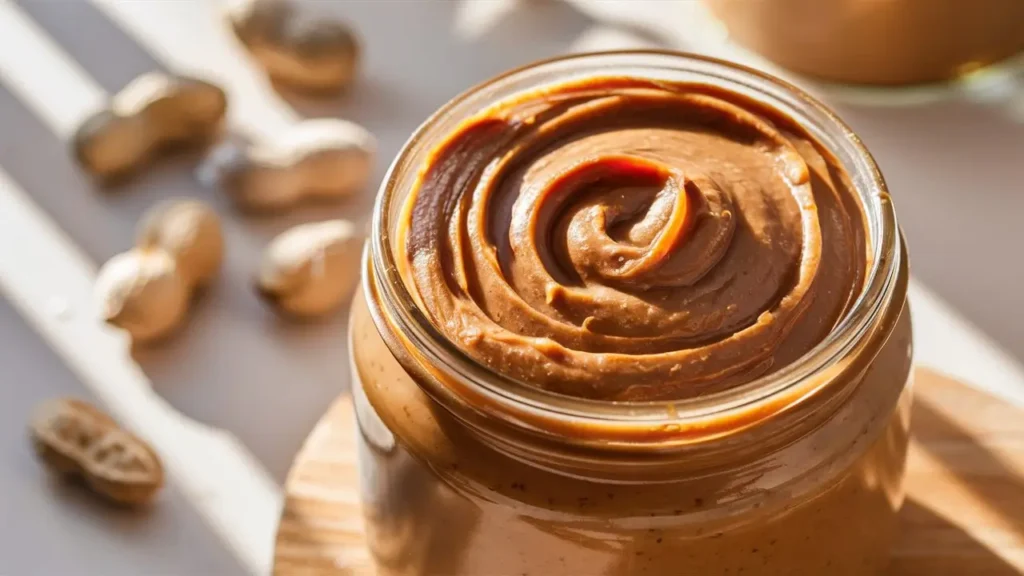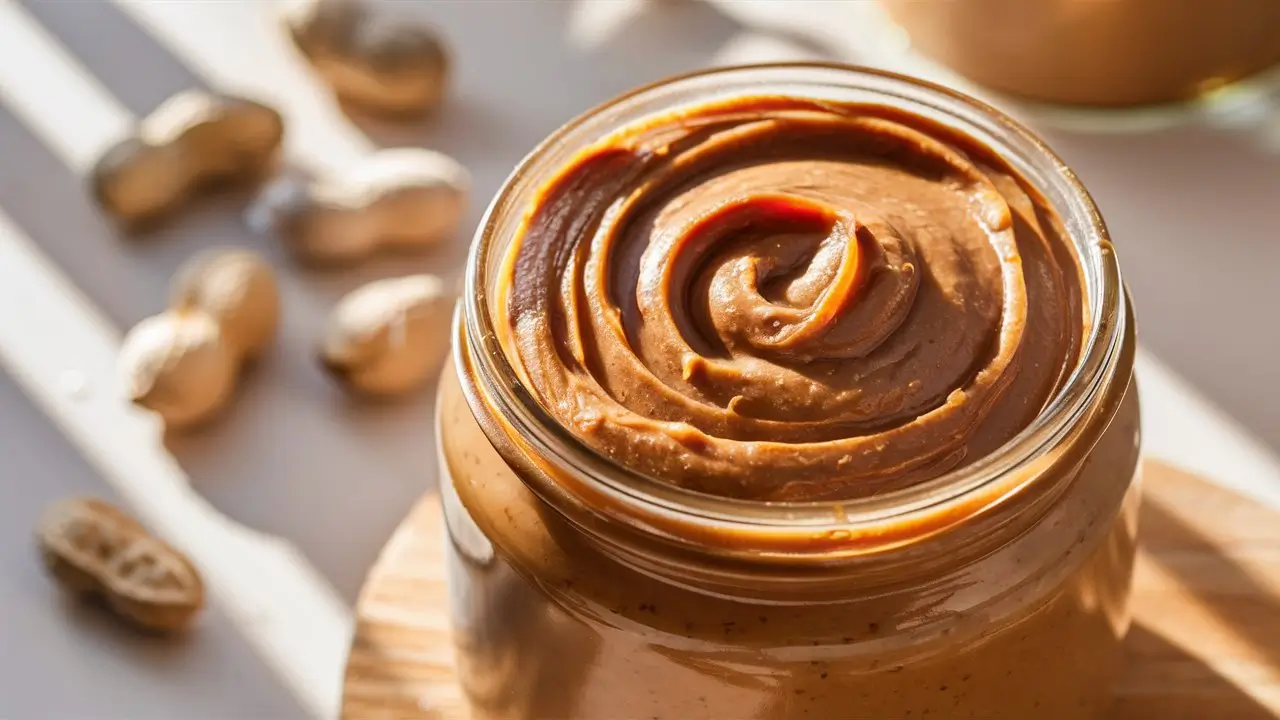Peanut butter is more than just a pantry staple—it’s a beloved spread enjoyed worldwide for its delicious flavor, nutritional benefits, and incredible versatility. From classic PB&J sandwiches to smoothies, sauces, and baked goods, peanut butter brings richness and comfort to countless recipes.
Why Peanut Butter is So Popular
-
Delicious and Nutritious – A tasty way to add healthy fats and protein.
-
Versatile – Perfect in both sweet and savory dishes.
-
Affordable and Accessible – Widely available and budget-friendly.
-
Long Shelf Life – Easy to store and always ready to use.
-
Family Favorite – Loved by both kids and adults alike.
How Peanut Butter is Made
Basic Production Steps
-
Roasting: Raw peanuts are roasted to enhance flavor and loosen their skins.
-
Blanching: Removes skins and prepares peanuts for grinding.
-
Grinding: Peanuts are ground until smooth or chunky, depending on desired texture.
-
Additives: Salt, sweeteners, oils, or emulsifiers may be added to achieve specific flavors and consistency.
-
Packaging: Peanut butter is packaged into jars, ready for distribution.
Homemade Peanut Butter
You can easily make peanut butter at home by blending roasted peanuts in a food processor or high-speed blender until creamy. Homemade peanut butter allows for full control over ingredients and freshness.

Types of Peanut Butter
Creamy Peanut Butter
Smooth and easy to spread; ideal for sandwiches and baking.
Crunchy Peanut Butter
Contains chopped peanut pieces, offering texture and crunch.
Natural Peanut Butter
Typically contains just peanuts and salt, without added sugars or emulsifiers.
Flavored Peanut Butter
Includes additions such as honey, chocolate, cinnamon, or coconut for extra flavor.
Health Benefits of Peanut Butter
Rich in Protein
Peanut butter provides about 8 grams of protein per serving, making it an excellent plant-based protein source.
Heart-Healthy Fats
Contains monounsaturated fats that support heart health by helping reduce bad cholesterol levels.
Packed with Vitamins and Minerals
High in vitamins E, B3, B6, and minerals like magnesium, potassium, and zinc.
Excellent Source of Fiber
Contains dietary fiber, promoting digestive health and satiety.
Nutritional Breakdown (Per 2 Tablespoons)
-
Calories: ~190 kcal
-
Protein: 8g
-
Fat: 16g
-
Carbohydrates: 7g
-
Fiber: 2g
-
Sugar: 3g
How to Choose Quality Peanut Butter
Check the Ingredients
Choose peanut butter with minimal ingredients—ideally just peanuts and salt.
Avoid Excess Sugars and Oils
Steer clear of peanut butter brands that list sugar or hydrogenated oils among their main ingredients.
Look for Natural Options
Natural peanut butter may separate due to a lack of emulsifiers but provides superior nutritional value.
Creative Uses for Peanut Butter
Peanut butter’s versatility is unmatched. Here are some exciting ways to incorporate it into your meals:
Smoothies and Shakes
Blend peanut butter with bananas, yogurt, and almond milk for protein-packed smoothies.
Savory Sauces
Use peanut butter in sauces for satay, noodle dishes, or stir-fries.
Baked Goods
Incorporate peanut butter into muffins, cookies, brownies, or bread for moistness and flavor.
Snacks
Create quick energy balls by combining peanut butter with oats, honey, and chocolate chips.
Peanut Butter Recipes to Try
Classic Peanut Butter Cookies
Combine peanut butter, sugar, and eggs for simple, delicious cookies.
Peanut Butter and Jelly Smoothie
Blend frozen berries, peanut butter, banana, and almond milk for a nostalgic treat.
Thai Peanut Sauce
Mix peanut butter with soy sauce, garlic, lime juice, and ginger for a savory sauce perfect with noodles or grilled meats.
Peanut Butter Banana Pancakes
Add peanut butter to pancake batter and top with bananas for a nutritious breakfast.
Peanut Butter Storage Tips
-
Pantry Storage: Unopened peanut butter can last up to a year in a cool, dry place.
-
Refrigeration: Natural peanut butter should be refrigerated after opening to prevent oil separation and maintain freshness.
-
Freezing: Peanut butter freezes well for up to six months; thaw overnight in the fridge before using.
Potential Allergies and Alternatives
Peanut Allergy
Peanut allergies can be severe. Always check labels carefully when serving others, particularly children.
Alternatives
Sunflower seed butter, almond butter, cashew butter, or soy nut butter make suitable substitutes for those with peanut allergies.
Common Myths About Peanut Butter
Myth: Peanut Butter is Unhealthy
Truth: Moderation is key. Natural peanut butter is nutritious, containing healthy fats, protein, and essential nutrients.
Myth: It Causes Weight Gain
Truth: Controlled portions can actually aid weight management due to peanut butter’s filling nature.
Peanut Butter in Different Cultures
Peanut butter transcends culinary borders and is used globally:
-
America: Classic sandwiches, candies, and desserts.
-
Asia: Sauces for noodles, stir-fries, and dipping sauces for meats.
-
Africa: Peanut stews and savory dishes.
Sustainability and Ethical Sourcing
Look for brands that source peanuts sustainably, ensuring fair labor practices and minimal environmental impact. Organic peanut butter reduces exposure to pesticides and supports eco-friendly farming practices.
FAQs
Can Peanut Butter Expire?
Yes, it can spoil over time, especially natural varieties. Refrigeration extends shelf life significantly.
Is Peanut Butter Good for Weight Loss?
In moderation, peanut butter can support weight loss due to its satiating fats and protein content.
Can Dogs Eat Peanut Butter?
Yes, dogs can safely consume small amounts of peanut butter—just ensure it’s xylitol-free.
How Can I Make Peanut Butter Creamier?
Adding a small amount of oil or honey during blending makes peanut butter creamier and smoother.
What’s the Difference Between Natural and Regular Peanut Butter?
Natural peanut butter has fewer ingredients and typically no added sugars or emulsifiers, requiring stirring due to separation.
Conclusion
Peanut butter is a pantry powerhouse, loved not only for its taste but for its incredible versatility and nutritional benefits. Whether you’re using it to boost your breakfast, enrich your baking, or create savory sauces, peanut butter always adds a delightful dimension to your meals.
Armed with this comprehensive guide, you now have everything you need to choose, use, and appreciate peanut butter fully. Enjoy experimenting in the kitchen and discovering new ways to incorporate this classic ingredient into your daily diet.
